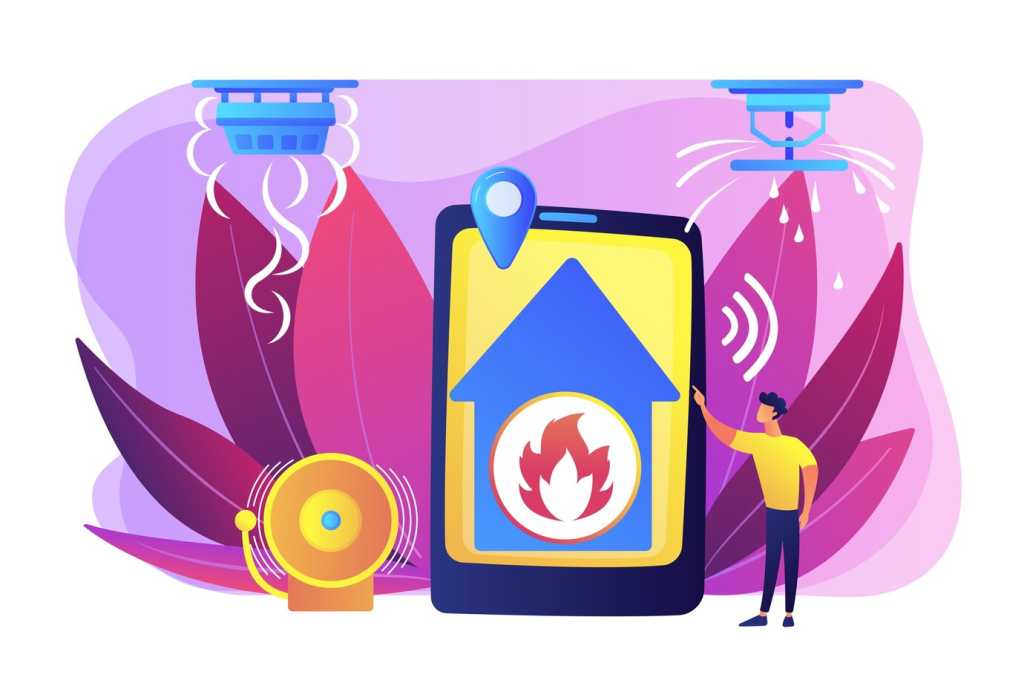Introduction
Disasters, whether natural or human-made, demand swift and effective responses to save lives and reduce damage. Technology has become a cornerstone of modern disaster response, enabling faster communication, better coordination, and precise assessments. From drones surveying flood zones to apps delivering real-time alerts, tech tools are transforming how responders and communities handle crises. This guide explores the role of technology in disaster response, highlighting key tools and practical ways they make a difference.

1. Use Drones for Rapid Damage Assessment
Drones provide critical aerial views, helping responders assess disaster-stricken areas quickly and safely.
Deploy Drones for Real-Time Data
Equip drones with cameras or sensors to capture images of damaged infrastructure or locate survivors in hard-to-reach areas, like collapsed buildings.
Why It Works: Drones deliver real-time visuals, reducing the need for risky on-ground surveys and speeding up rescue planning.
Pro Tip: Train with local emergency teams to use drones effectively, ensuring compliance with airspace regulations.
2. Leverage Geographic Information Systems (GIS) for Mapping
GIS technology creates detailed maps to guide disaster response, identifying affected areas and resources.
Map Damage and Resources
Use GIS to plot flood zones, road blockages, or shelter locations, as seen in post-Hurricane Katrina relief efforts.
Why It Works: GIS integrates data from satellites and sensors, offering clear visuals for strategic decision-making.
Pro Tip: Access free GIS tools like QGIS or collaborate with agencies like NOAA for accurate disaster data.
3. Utilize Mobile Apps for Alerts and Coordination
Mobile apps deliver critical information to both responders and the public, enhancing communication during crises.
Share Alerts via Apps
Use apps like FEMA or Red Cross, which provide weather alerts and safety tips for over 14 disaster types, to keep communities informed.
Why It Works: Apps offer instant, customizable alerts, helping people evacuate or find shelters quickly.
Pro Tip: Download trusted apps in advance and enable push notifications for real-time updates during emergencies.
4. Harness Social Media for Real-Time Updates
Social media platforms enable rapid information sharing and coordination among responders and survivors.
Monitor and Share via Platforms
Use X or Facebook’s disaster pages to track updates, mark survivors safe, or coordinate aid, as seen during Hurricane Sandy with over 20 million related tweets.
Why It Works: Social media amplifies reach, connecting responders with communities and providing real-time feedback.
Pro Tip: Follow official accounts like FEMA or Red Cross on X for verified information during a disaster.
5. Apply AI and Analytics for Smarter Responses
Artificial intelligence (AI) and data analytics improve decision-making by predicting and analyzing disaster impacts.
Predict with AI Models
Use AI, like Microsoft’s Project Sunny Lives in India, to assess vulnerabilities and optimize resource allocation with satellite and machine learning data.
Why It Works: AI processes vast datasets to identify risks and prioritize aid, saving time and lives.
Pro Tip: Partner with local tech firms or universities to access AI tools tailored to regional disaster risks.
Conclusion
Technology plays a vital role in disaster response, making efforts faster, safer, and more effective. Drones, GIS, mobile apps, social media, and AI empower responders and communities to act swiftly and strategically. By adopting these tools, you can enhance preparedness and response in your area. Start by exploring one of these technologies today, such as downloading a disaster app, to be ready for the next emergency.
References
Tulane School of Public Health (2024). Technology in Disaster Management and Recovery. Available at: https://publichealth.tulane.edu. ScienceDirect (2023). Managing Natural Disasters: Technological Advancements. Available at: https://www.sciencedirect.com. Drishti IAS (2023). Tech-Driven Disaster Management. Available at: https://www.drishtiias.com. World Economic Forum (2018). 4 Ways Technology Can Help Respond to Disasters. Available at: https://www.weforum.org.[](https://www.weforum.org/stories/2018/01/4-ways-technology-can-play-a-critical-role-in-disaster-response/)






